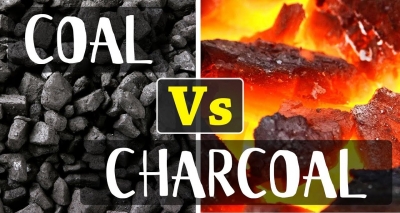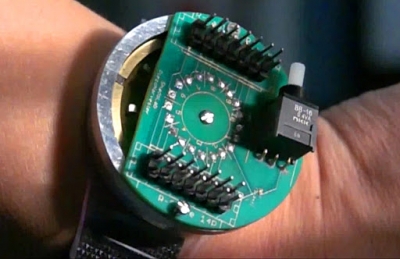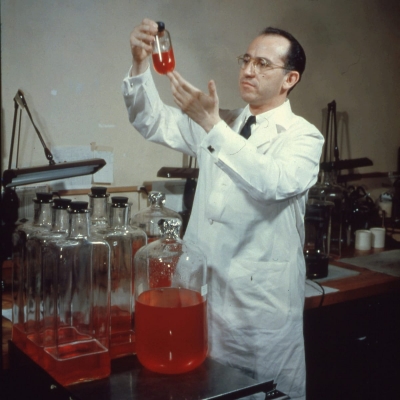What is the difference between coal and charcoal?

Coal is a porous, black carbon-rich, naturally-occurring material which is mined from the earth. It is formed by the decomposition of remains of plants which died millions of years ago. Though rich in carbon, coal contains a lot of impurities including sulpher. When used as a fuel it poisons the air with sulphur dioxide.
Charcoal is a black, porous material obtained by heating wood in a closed space, with no air. This type of charcoal contains mostly carbon. Another type is made by heating bones.
Charcoal is used as a filter to clean gases and liquids and as a fuel. It is also as a drawing instrument.
Picture Credit : Google













